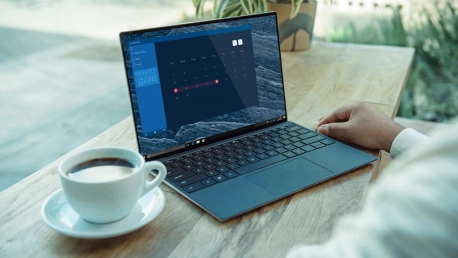The feasibility of remote working for government employees has always been a questionable subject. Although both pros and cons to this alternative are plausible, the digital workplace of 2020 has put a lot of strain on IT and security teams. Meeting demands related to data security while ensuring that productivity is not compromised is not an easy task.
According to a recent survey, 68% of business leaders feel their cybersecurity risks are increasing—definitely not good news for government agencies that handle sensitive data on a daily basis. Navigating the dangerous waters of protecting both human and cyber health is delicate, especially in today’s atypical climate. How can government agencies provide secure environments for their remote employees?
Keep up with the trends
Recently, Garner, Inc. published the findings from a survey that revealed 88% of worldwide businesses have started to embrace teleworking since the virus outbreak. These organizations include government agencies, DoD contractors, or contractors for the government.
As the rise of data ethics already sheds light on the importance of securing the digital citizen, government agencies must adapt to keep up with the trends. This is especially applicable in the context of today’s reality, reshaped by unprecedented events.
“Digital freedom stops where that of users begins… Nowadays, digital evolution must no longer be offered to a customer in trade-off between privacy and security. Privacy is not for sale, it’s a valuable asset to protect.” – Stephane Nappo, vice president at Groupe SEB.
It seems like securing remote government workspaces is a mix of innovative technologies and effective employee training. According to Maria Thompson, state chief risk officer in the North Carolina Department of Information Technology, effectively managing endpoint security is strictly related to technological development.
Effective endpoint protection strategies include:
- Two-factor authentication
- VPN encrypted communications
- Data loss prevention initiatives
Especially vulnerable entry points for bad actors are web applications. Jim Richberg, field chief information security officer at cybersecurity firm Fortinet, explains: “While we were telling people you had to be working on the Internet, using external applications while you were in the office, we often had Web application filters that could help protect against some of the malicious activity. Not everyone has this at home”.
For government agencies to function at their true potential during these challenging times, integrated security, trusted partnerships, and file sync and share technologies are some of the most popular strategies to follow.
Although data security is a big concern for remote government workplaces today, an NPR report shows that the Social Security Administrations has reduced their case backlog by 11% since teleworking was induced earlier this year. Similar improvements have been noted in other local agencies as well.
Considering the actual context in which cyber threats are on the rise as we speak, getting the best of both security and productivity is challenging. Organizations that handle mission-critical data must go the extra mile and intensify their security efforts in order to sustain safe remote work environments.
According to IBM, the average cost of an endpoint attack is close to $4 million. Besides the responsibility of protecting data information, organizations also have to secure their budgets. There are many elements in the equation faced by today’s government agencies—remote teams, data security, costs. The key lies in gluing them together while focusing on the biggest priority: endpoint protection.









